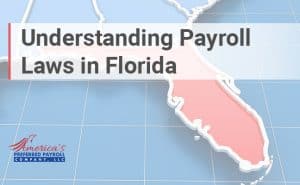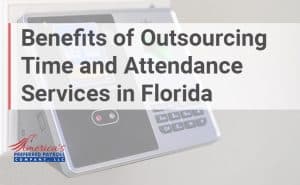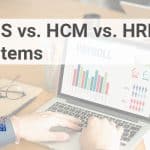Payroll processing is much more complex than outsiders assume, especially when all the idiosyncrasies of each employee’s unique financial compensation are accounted for. In particular, business owners and managers often find the complexities of payroll expenses and payroll liabilities to be egregiously complex and frustrating. Payroll expenses differ quite significantly from payroll liabilities, yet most people are unaware of the subtle distinctions between the two.
Employers must establish payroll accounts through the IRS when adding employees. The employee’s W-3 dictates the taxes withheld by the employer. The greater the number of deductions and credits an employee qualifies for, the less burdensome the withholdings become for the employer. Every last detail of employee financial compensation matters a great deal. From taxes on earnings to withholdings, child support payment processing, additional wage garnishments, and beyond, there are payroll complexities of all different types. Business owners are tasked with managing their enterprise while satisfying payroll obligations to employees as well as those owed to federal and state governments.
Payroll Expenses
Payroll expenses are financial costs resulting from employee contributions to the business. Payroll expenses such as financial compensation to employees are to be reported in the general ledger. Payroll costs also extend to those associated with hiring employees and others for the enterprise. The law mandates that employers pay taxes for Social Security and Medicare. Such tax obligations are calculated in accordance with total payroll. Aggregate payroll taxes, also referred to as FICA taxes, are named as they are required by the Federal Insurance Contributions Act.
Employers must also remit payments for unemployment tax as detailed in FUTA, short for Federal Unemployment Tax Act. Mandatory tax dollars withheld from employer taxes are transmitted by way of the web directly to the IRS. Such taxes are to be reported quarterly for companies with an annual payroll in excess of $1,000 or once per year if the payroll amounts to less than $1,000.
Employers’ percentage of payroll tax obligation and FUTA are considered an expense to the business. It is best to envision the company balance sheet when analyzing the relevant accounting entry process. Accounting entries at the point in time when employees are paid constitute debits to income statement payroll expenses along with payroll tax liability credits.
Dissecting Payroll Liability
Payroll liability is best defined as financial compensation to employees for their hard work. Instead of the liability being a duty of care to others as occurs in the context of the law, the liability in the context of employment pertains to financial compensation owed to employees.
Businesses debit payroll expenses when recording payroll liabilities and simultaneously credit payroll liability. Once the financial obligation is satisfied in full, the payroll liability is no longer a burden on the employer. It is at this point that payroll liability is debited and cash is credited to reflect the satisfaction of the debt.
Differences Between Payroll Expenses and Liabilities in Terms of Reporting
Businesses report their payroll expenses on income statements. Such a financial report names capital expenditures for the current period of accounting in accordance with income in that period of time. In contrast, payroll liabilities are entered onto the balance sheet, making it clear that the business has an outstanding financial obligation to employees.
Striving for Numerical Symmetrical Balance
Payroll expenses and liabilities are somewhat complex, yet business owners and managers must recognize them as vitally important components of payroll accounting systems. Such items are labeled as such with payroll journal entry lines. Liabilities and expenses within payroll journal entries are eventually offset when properly satisfied.
Most businesses don’t have the personnel or resources necessary to maintain completely accurate payroll expenses, payroll liabilities, and other components of accounting. As highlighted below, the solution is to transition away from attempting to overcome payroll and tax-related challenges in-house, opting to outsource payroll processing, benefits administration, and other duties to the specialists. The moral of this story is it isn’t worth your time, effort, or frustration to become bogged down by the nuances of payroll expenses, liabilities, etc. Let the payroll experts sweat the small stuff of your payroll processing, and your team will be liberated to thrive in their respective roles.
Contact America’s Preferred Payroll Today
The minor details of payroll might seem like subtleties, yet they have the potential to disrupt your organization. Instead of trying to handle the entirety of payroll on your own, outsource the work to America’s Preferred Payroll.
Our payroll processors also provide benefits administration, compliance services, and more. Contact us to learn more about how we can help your business process payroll in accordance with the law, retain employees and continue operating efficiently.













